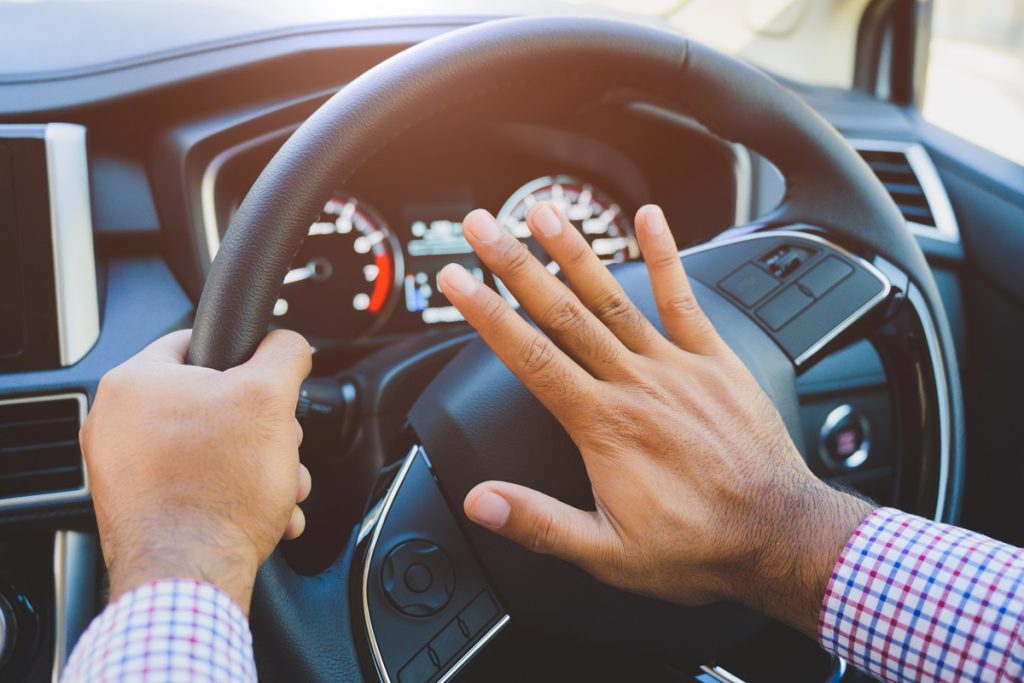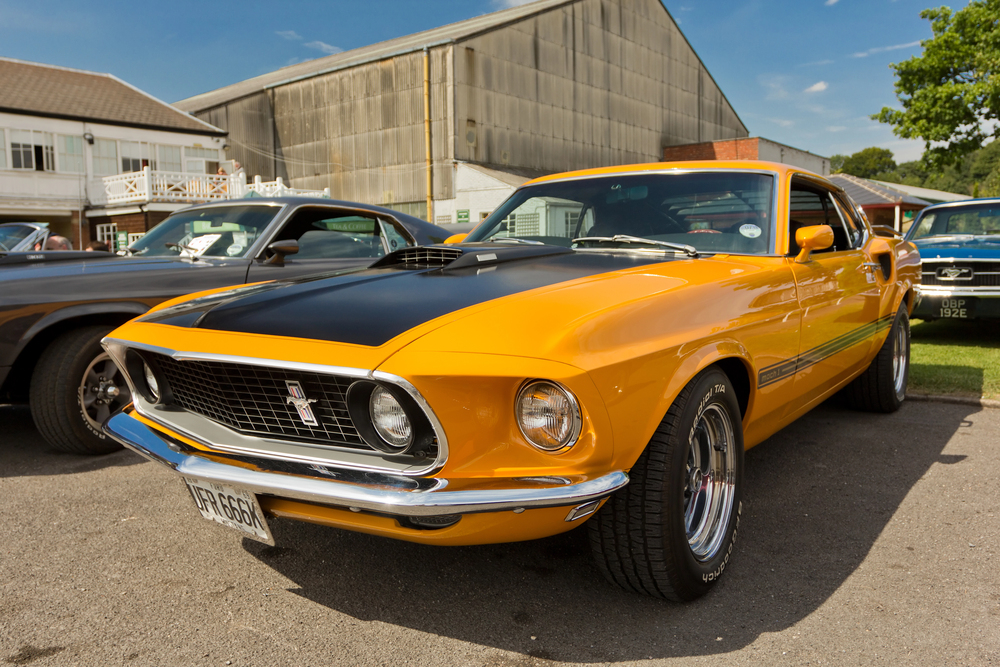The Ferrari F40 remains one of the most iconic supercars ever built, but beneath its legendary status lies a trove of secrets. As time goes on, more astonishing facts about the F40 are uncovered, stunning even the most seasoned car enthusiasts. From its engineering oddities to rare production quirks, the F40 continues to be a source of fascination. These mysteries highlight Ferrari’s blend of genius, daring, and at times, controversy. Let’s explore 14 Ferrari F40 revelations that will completely reshape how you view this automotive legend.
Speed Claims Were Controversial

Ferrari claimed a top speed of over 200 mph for the F40, a figure that made headlines but also sparked skepticism among critics. Real-world tests often revealed lower top speeds, leading many to believe that Ferrari was inflating numbers to outdo the Porsche 959. Regardless of the controversy, the F40 earned its place as a performance benchmark of its time.
Built Without Power Steering

Despite its high price tag and supercar status, the F40 came without power steering, making slow-speed maneuvering a real workout. This omission was a deliberate choice by Ferrari to maintain a raw, mechanical feel and to reinforce its racing roots. Drivers had to physically wrestle with the steering wheel during tight turns, which only added to the car’s untamed personality.
No Paint Underneath

Ferrari skipped painting the body panels underneath the surface-level coating in a weight-saving move that surprised even collectors. Enthusiasts were shocked to discover raw carbon fiber peeking through in many areas of the car, revealing a dedication to performance over polish. This raw and unfinished aesthetic eventually became a celebrated part of the F40’s mystique and race-ready image.
Air Conditioning Was Weak

While the F40 technically came with air conditioning, the system was notoriously underpowered and barely cooled the cabin. Many owners described it as more of a symbolic feature than a functional one, especially in hotter climates. Ferrari’s goal was never to offer comfort but to push the boundaries of road-legal performance.
Related: 12 Loudest Stock Car Horns You Can Buy
Handmade Panels Led to Imperfections

Each Ferrari F40 featured handmade body panels, resulting in slight inconsistencies in dimensions and panel gaps between units. These minor flaws shocked buyers expecting mechanical perfection from Ferrari’s factory. However, these imperfections gave each car a unique fingerprint, turning potential flaws into collectible character.
Related: 13 Celebrity Car Restorations: Bringing Classics Back to Life
Early Units Had Sliding Windows

The first production units of the F40 featured rudimentary plastic sliding windows, which felt more like race car components than luxury features. This stark design choice left some customers baffled, given the car’s high-end status. Ferrari later upgraded to traditional crank windows for improved usability in everyday driving.
Related: 15 Car Features That Are a Complete Waste of Money
Originally Meant to Be the Last Ferrari

Enzo Ferrari intended the F40 to be his final automotive statement before retiring from the industry. This deeply personal mission led to a focus on unfiltered performance and an uncompromised driving experience. As a result, the F40 represents the swan song of Enzo’s philosophy and passion for purist sports cars.
Related: 12 Cheapest Electric Cars That Still Have Great Range
No Sound Insulation

To shave off every possible pound, Ferrari removed nearly all sound-deadening materials from the F40’s interior. The result was a cabin filled with mechanical noise, engine roars, and the unmistakable whir of turbos spooling up. This immersive soundtrack was both exhilarating and fatiguing, depending on your tolerance.
Related: 12 Best Used Cars for Teen Drivers on a Budget
Limited Production Plan Changed

Ferrari originally announced a limited run of just 400 F40s, a figure that quickly ballooned to over 1,300 due to overwhelming demand. Enthusiasts feared this would dilute the car’s exclusivity, but each unit maintained its collector appeal. The surge in production only highlighted the global desire for such a raw, focused machine.
Related: The Future of Electric Pickup Trucks: What’s Coming Next
Instrumentation Was Barebones

The F40’s instrument cluster was strikingly minimal, featuring only the essentials like speed, RPM, and basic warnings. There were no digital screens, no comfort controls, and certainly no infotainment, just a pure connection to the car’s mechanics. Ferrari’s decision was rooted in their philosophy that less distraction meant more driving focus.
Related: Luxury Electric Sedans: Which One Reigns Supreme?
Factory Race Versions Were Created

Ferrari developed secret track-only variants of the F40, including the LM and Competizione models that few knew existed at the time. These versions boasted aerodynamic improvements, stripped interiors, and engine tuning that pushed output close to 700 horsepower. Their legacy only added to the mystique and pedigree of the F40 platform.
Related: 13 Self-Healing Car Paint That it Finally Becoming a Reality?
The Exhaust Was Deafening

With its triple exhaust pipes and minimal sound suppression, the F40 unleashed a raw symphony of engine and turbo noise. Its growl was so loud that several countries had to impose sound restrictions or require muffler modifications. Despite this, or perhaps because of it, the soundtrack became one of the most beloved features of the car.
Related: The Secret History of Car Brand Logos: Hidden Meanings and Design Evolution
Ownership Came with Strict Rules

Ferrari handpicked many early F40 buyers and enforced strict contracts limiting resale, usage, and promotional appearances. These requirements added a layer of prestige and exclusivity to ownership that still resonates with collectors. The selection process ensured the F40 went to true enthusiasts, not opportunistic flippers.
Related: 15 Fastest Land Vehicles That Will Make Your Heart Race
Built With Racing in Mind

Every component of the F40 was designed with racing in mind, from the lightweight wheels to the stiff suspension. Its on-road manners were unforgiving, bouncing over bumps and transmitting every surface imperfection to the driver. Still, this sacrifice paid off on the track, where it performed with unmatched aggression and precision.
Related: 15 Sci-Fi Movie Cars That Made Every Car Enthusiast Jealous
The Ferrari F40 isn’t just a car, it’s a legacy wrapped in fiberglass, carbon, and turbocharged fury. Every detail, from its raw engineering to its rebellious simplicity, tells a story of automotive passion at its peak. These mysteries reveal why the F40 continues to fascinate decades after its release. Even seasoned enthusiasts walk away surprised when faced with the deeper truths behind this legend.
Disclaimer: This list is solely the author’s opinion based on research and publicly available information.
13 Most Beautiful Ferrari Designs Ever Created

Ferrari has mastered the art of blending aerodynamics with Italian craftsmanship, creating cars that embody both speed and elegance. From classic curves to modern, aggressive lines, each model reflects the brand’s pursuit of performance-driven beauty. Here are 13 of the most stunning Ferrari designs ever crafted.
Read it here: 13 Most Beautiful Ferrari Designs Ever Created
14 Legendary Ferraris That Cost More Than an Entire Neighborhood

Ferrari has built some of the most desirable and expensive cars in automotive history. These legendary models are not just vehicles but rolling works of art, commanding prices that can rival entire neighborhoods. With limited production, groundbreaking performance, and timeless designs, these Ferraris have become symbols of wealth and exclusivity. Here are 14 iconic Ferraris that come with jaw-dropping price tags
Read it here: 14 Legendary Ferraris That Cost More Than an Entire Neighborhood
12 Hollywood Stars Who Risked It All With Their Own Car Stunts

Some of Hollywood’s biggest stars go beyond acting, performing their high-risk driving stunts to deliver authenticity. These actors trained extensively, mastered precision driving, and sometimes put themselves in dangerous situations for the sake of realism. Their dedication to performing their car stunts has resulted in some of the most thrilling chase scenes in movie history, impressing audiences worldwide with real action.
Read it here: 12 Hollywood Stars Who Risked It All With Their Own Car Stunts
You’ll love these related posts:
- 13 Shocking Reasons Classic 4x4s Are More Popular Than Ever
- 14 Mind-Blowing Reasons Car Makers Are Turning Ocean Trash Into Luxury Interiors
- 13 Car Horns So Loud, They’ll Wake the Entire Neighborhood!
- SUVs for Seniors: Comfort and Safety Features That Matter Most As You Age
- These 12 Cars Are Appreciating Like Fine Wine – And Why You Should Consider Buying Now


